How I Help Organizations Grow Sales Exponentially by Providing Data Strategy. In business there are several truisms or axioms that we professionals rely upon. Things like supply equals demand. One of these axioms, that’s frequently wrestled with, but rarely dealt with to the point of resolution, is, “You don’t know what you don’t know.” With several years of working with a sales operations mindset and working for smart companies like General Electric, I’ve always worked any job with this “end game” in mind.
As a result, I’ve constantly and intentionally pursued knowledge or data… things I don’t know that I should know in order to help me and my business succeed. Therefore, I’m going to use this know-how and a product (we’ll refer to them as “Company A”) and a product with some services (this one is “Company B”) to help businesses exponentially increase their sales numbers.
Not only will my expertise, connections, and creative ideas help them with growing top-line revenue growth, it will also help them with the bottom line too as I’ll show them how to make their teams much more efficient by helping them start selling and marketing to the best prospects possible. When companies engage me as their “Data Strategist” they will gain a competitive advantage at a cost that’s easily justifiable.

I’m going to get into the “Kevin, how are you going to help me do this?” part in just a minute. First I want to qualify what I mean here by “exponential”…
This is not some minor increase in your sales performance. I’m talking profound growth here. Let me paint a picture for you in your mind. If you fold a piece of paper that is .0039″ thick 42 times you will create a tower that will reach the moon. This is exponential growth. I’ve added a video to share this concept with you below…

There are few people that network with the passion and zeal as I do. Even though I have a lot of connections and spend an inordinate amount of time meeting people and talking with them, learning from them, and sharing with them, what I do better than most people I know is the level of purpose with which I network.
For over ten years I’ve been purposely networking for things that I needed to know at the time and for things I didn’t need yet, but had the vision to realize that one day I’d want to have the information in my back pocket. Sometimes it’s about things I need to know, other times it’s just about people. Most of the time it is smart people who are also connectors. In addition, it’s the people who are slaves to research and development. I grab from them in minutes (knowledge transfer of what they do, not how to replicate it) what took them hundreds of hours to create or come to know and understand. Some people are possessed by the valuation of a company for whom they work… I’m possessed with increasing my own personal valuation so that each person or employer with whom I engage can take advantage of that value. It’s your turn to do just that…
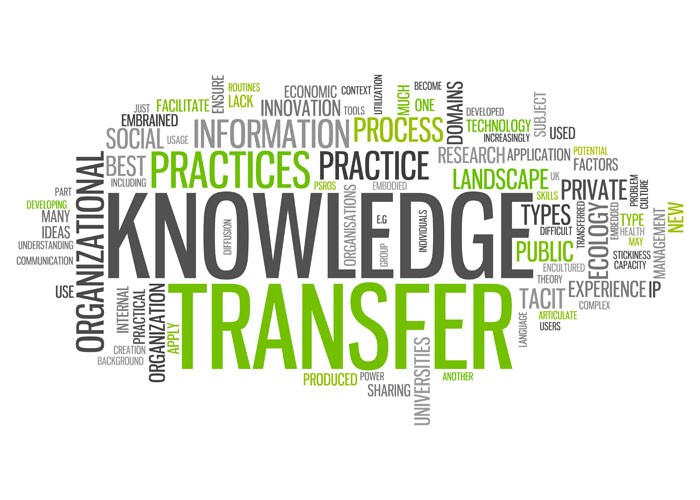
Within the past six months I met a gentleman who created and owns Company A. His product is incredibly valuable healthcare data. He has aggregated and organized over ten consecutive years of de-identified Medicare data. Now I am a broker of this information, positioning it to companies who will benefit greatly by acquiring it. With this, information executives and their companies receive insights that are unique to this data set. Below are just some of the things you’ll glean from it:
- Quantitative data on practitioner performance
- Counts of procedures by type of procedures and groups of procedures
- Code tables – Groups of code tables designed to properly “count” procedures

Some illustrations:
Let’s say that you run a med device company that sells hip systems for hip replacement surgery (as well as other products)… How powerful would it be if you could see the providers who did the most hip replacement surgeries? The data is broken into deciles so that you can see things like the top 10% of surgeons perform over 50% of the cases. How much of a game-changer would this data be for your organization? Not only is the data organized by provider (into said deciles), there is also trend information (data over time) so that you can see what surgeons are trending to be the leaders (measured by number of procedures) of tomorrow. Wow!

“You don’t know what you don’t know.”
Now let’s say that you run a sales organization for a pharmaceutical company whose drug is used typically by folks at 60 years of age or older, retirees if you will. Let’s use the example of respiratory drugs.
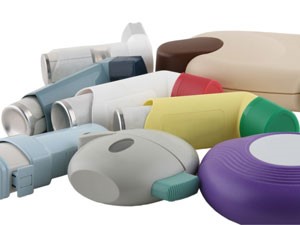
We’ll use this type as an example because respiratory drugs have the highest average expense per prescription, costing the typical retiree $139 for each refill. What if you could look at medical groups or individual practitioners who treated the highest frequency of patients that used this drug type? The database has all the DRG (Diagnosis-Related Group) info. What would this do for your sales and marketing activities? Answer: Streamline them and make them very effective resulting in vast incremental improvement.
Just for the fun of it… let’s do another pharma-related example. (There are some many ways in which this data is so valuable to so many people that my head is constantly spinning.) Candidiasis (or thrush) is a fungal infection of the mouth, oesophagus and/or vagina. Most people already have the Candida fungus in their body, but the body keeps it in check.
Someone whose immune system is weakened is more likely to develop problems. Most people (at least I hope so) in America can tell you that a disease that impacts the immune system is AIDS, a demographic that has a high percentage of people who acquire thrush. What if, as the drug company, you could figure out nationally what doctors were prescribing medications to treat Candidiasis (or thrush)? You could add extreme precision and accuracy (target the prospects that could yield the most sales revenue) to your sales organization. This would be huge. I’m talking mastondonic, monumental, and megalithic.
Just imagine how this data would help you grow your business.
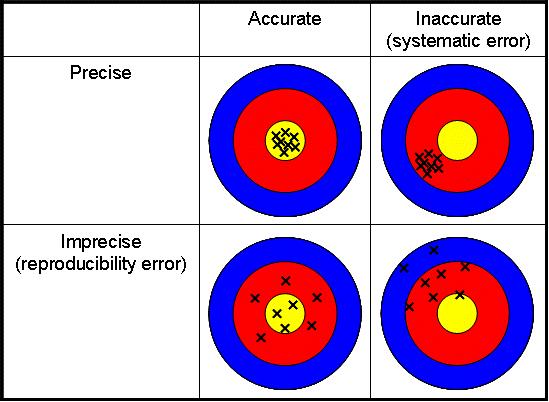
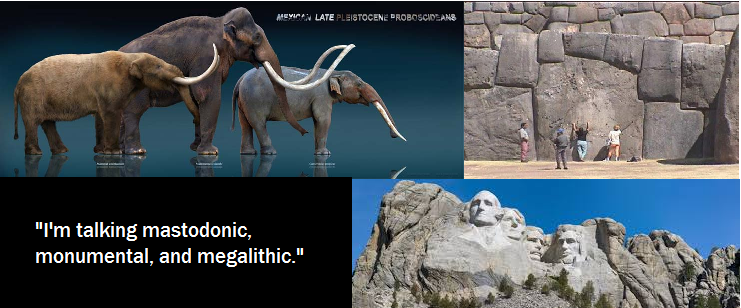
I could write a whole book, 500 plus pages, to go into great detail of how hundreds of business would love to have their hands on this data. But this is a LinkedIn post, not Tolstoy’s War and Peace. So now, I want to tell you about Company B…
My idea of fun is learning about companies that are on the forefront of technology. Perhaps not the bleeding-edge, but for sure the leading-edge. Ideally, I like working with companies whose product or service(s) is hard to replicate. That’s why I’m enamored with Company B. Here’s a story to tell you why I’m so high on them and why they’ll also tell you who are the best prospects to whom you should sell and market…
This company has automated the work of data scientists. They’ve used a technology known as “machine learning” among other technologies and proprietary methods to replace the work of humans. In fact, in one instance they proved this by the work they did with one of their clients, a large, multinational technology and consulting corporation. We’ll refer to them as ABC Corporation. ABC Corp has data scientists working on producing data models for their customers. Over a year’s time seven (7) data scientists produced thirty-five (35) data models. There is a huge demand for the models produced by data scientists (more on this later) and ABC Corporation can’t produce enough of them. Then enter Company B… Their software produced over 950 data models over a one year period for ABC Corporation. The best part, ABC Corporation only needed 1.5 data scientists to manage it all. That’s a 7:1 ratio (w/o “Company B”) vs. a 633:1 ratio (with Company B). The models were made fast but the software also made better models. The objective nature of the machine learning attributes made sure of it.
Now I’ll explain what is done with these data models. Predictive modeling is a process used in predictive analytics to create a statistical model of future behavior. Predictive analytics is the area of data mining concerned with forecasting probabilities and trends. Imagine if you could know the probability of closing business for any prospective or existing customer, for any product. That’s right. Actionable, accurate insights into the probability of you earning the business of new customers or the ability to predict the likelihood of both up-sell and cross sell opportunities. Let’s now pretend you’re an EMR company (Electronic Medical Records). Let’s say you want to know what the probability is for each health system, your installed base, that they’ll buy your value-based care consulting services and technology products. Company B would tell you. This way you would know where to prioritize your sales and marketing efforts. That way you’d get the best use of your marketing budget dollars and the best use (results) out of your sales team. It’s that simple.
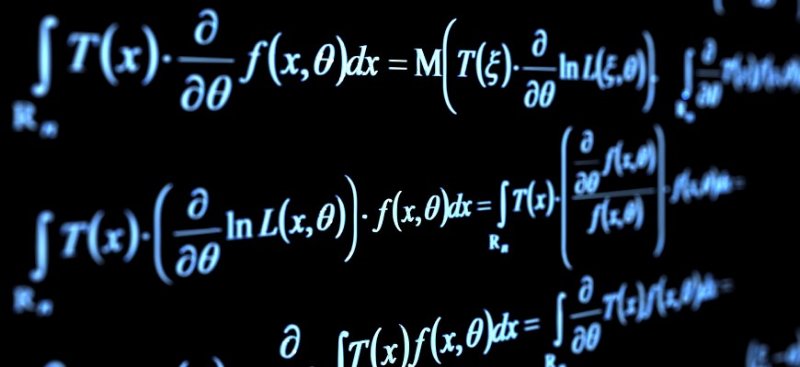
To make this even more intriguing and enticing, Company B can integrate the scores from its data models right into your Salesforce.com CRM system automatically. Depending on how it’s set up, the scores can be updated every month or every millisecond. That way if your data changes and the probability changes, you can take action accordingly.
In a second I’m going to put together a hypothetical business case. But remember this: If you’ve seen one business, you’ve seen one business. Meaning, every business is different. Reach out to me to put one together for you, it’s one of my specialties. I’m also working to help Company B grow its business and help as many customers as possible to grow their businesses.
Below is an example for you:
Med device company – Knee Replacement
Sales revenue for devices sold annually (knee replacement bundle): $2,500
Incremental Units sold annually: 10,000*
Subtotal: $25,000,000
Net income (based on 20% profit margin): $5,000,000
Company A total annual costs: $500,000
Company B total annual costs: $100,000
Data scientist costs: $375,000 (for 1.5 data scientists)
Miscellaneous costs: $175,000
Total costs incurred: $1,150,000
ROI ratio: 4.3:1
*- Reasonable number since there are over 719,000 total knee replacements annually in the USA alone.
http://www.cdc.gov/nchs/fastats/inpatient-surgery.htm
Note this: The software that Company B sells is easy to use. In fact, they have a young college grad who isn’t a data scientist managing models. But to be conservative I put the high end of the scale, $250,000. No, that’s not a typo. The demand is that high.
https://datajobs.com/big-data-salary
Also Note this: This is only one product. Most med device companies have several. Depending on how your databases are aligned, you could get 10X, 20X, or 50X the value with only minimal additional costs.
If you want to know what you don’t know and use it for exponential sales growth and business success reach out to me. There’s a data strategy waiting to be made for you and your business. Perhaps we won’t get your sales numbers as high as the moon, but I bet we can fold the piece of paper enough times to take your numbers into the upper level of the stratosphere…

Article by channel:
Everything you need to know about Digital Transformation
The best articles, news and events direct to your inbox
Read more articles tagged: Featured






